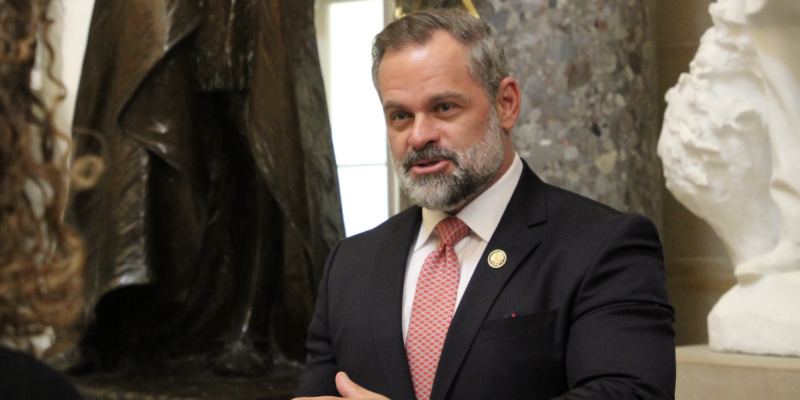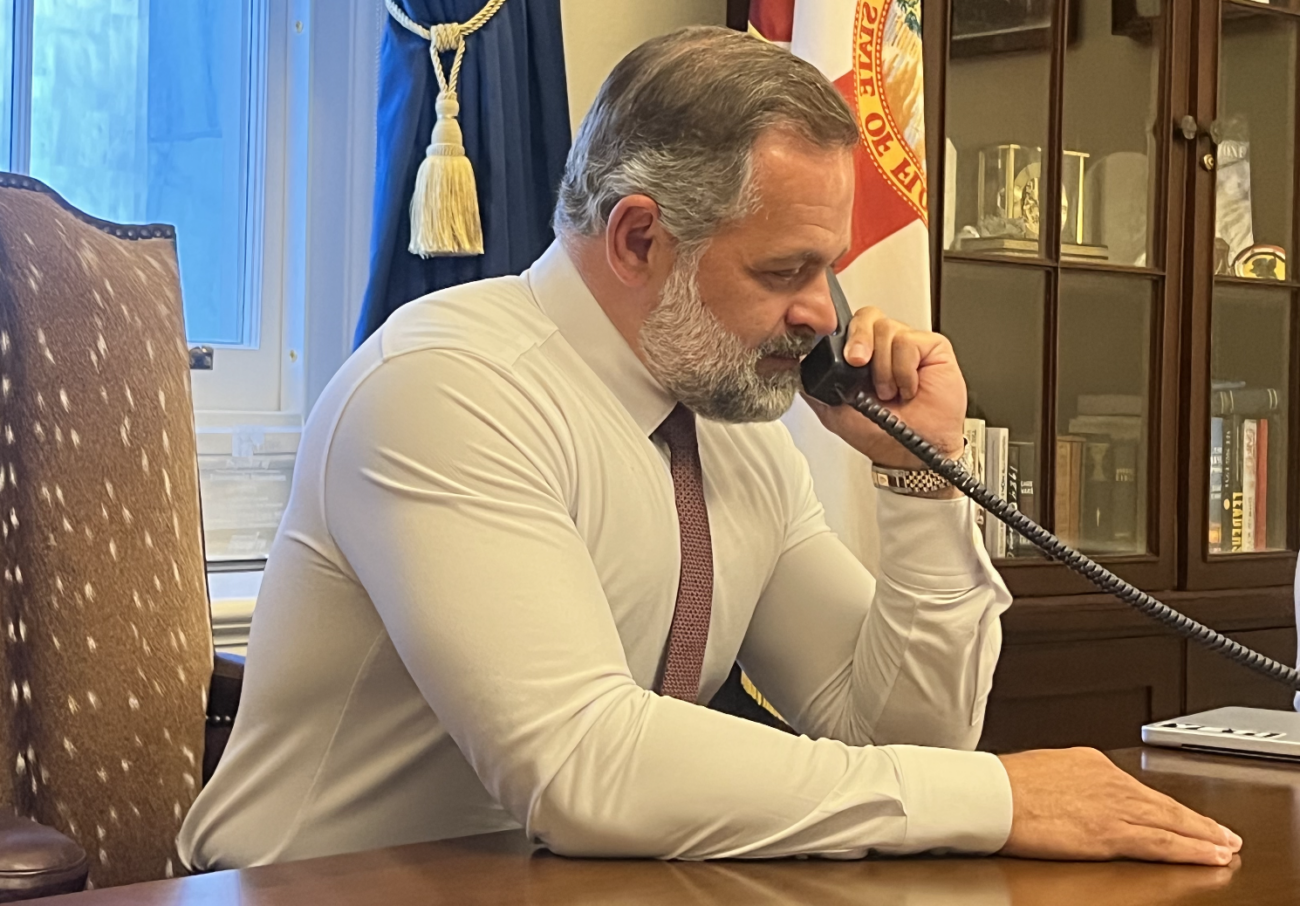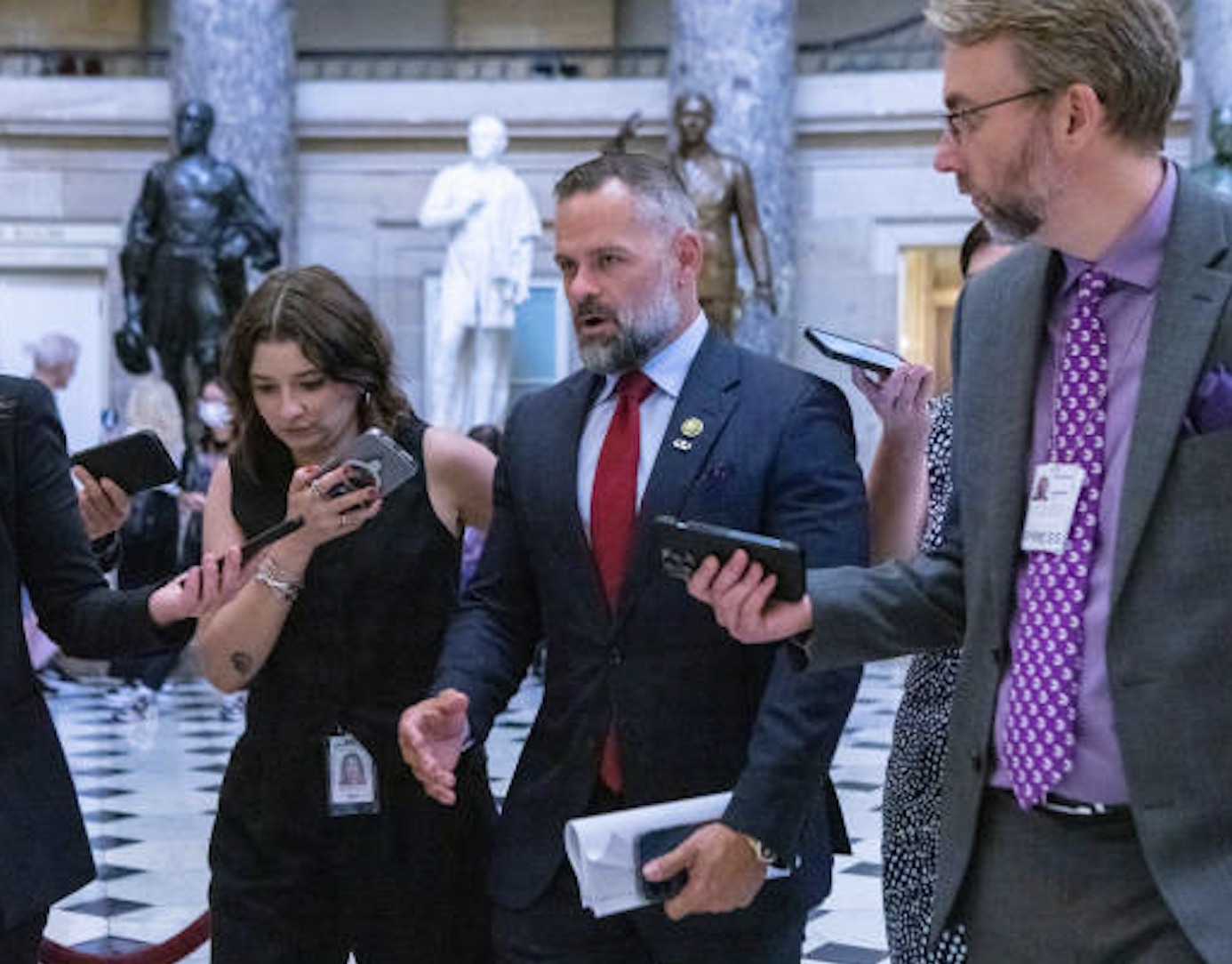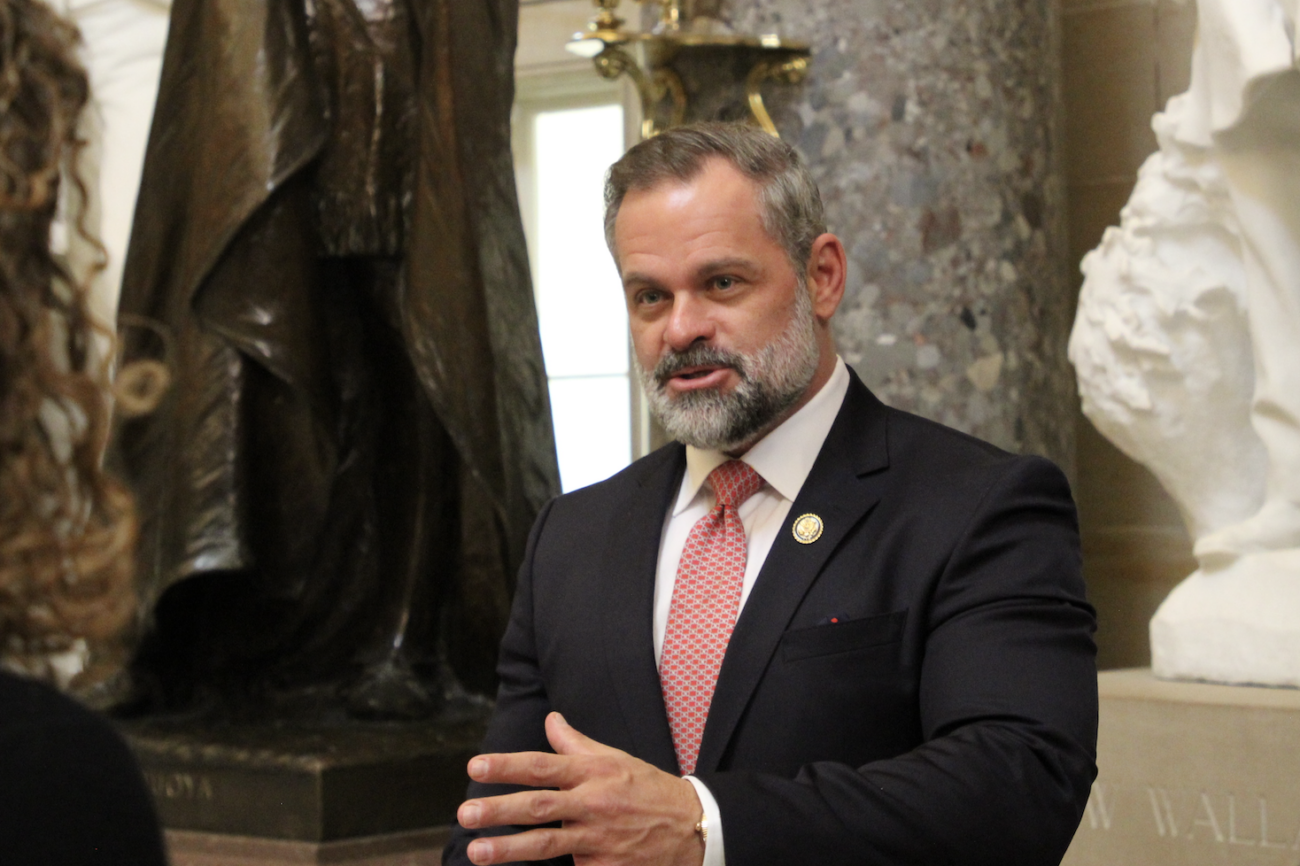Representative Cory Mills (R-FL) has introduced bipartisan legislation requiring all planes in the Armed Forces to have air-to-air and air-to-ground collision detection systems.
Specifically, the Collision Limiting Operational Upgrade for DOD (CLOUD) Aircraft Act requires the Secretary of Defense and the Federal Aviation Administration to conduct a study on the feasibility of implementing these systems in all rotary and fixed-wing aircraft operating in highly trafficked domestic airspaces, compatible with civilian commercial craft.
Notably, air-to-air and air-to-ground collision systems are not always activated in such congested spaces, and not all of these systems are required for those used by civilian commercial craft.
Rep. Mills' bill addresses several high-profile cases of military aircraft accidents earlier this year, including the collision of American Airlines Flight 5342 and a U.S. Army Black Hawk PAT-25 at the end of January, which killed 67.
"As an Army combat veteran, I understand the importance of equipping our servicemen with the tools they need to operate both safely and effectively," Rep. Mills said in his press release, adding, "After the tragic loss of 67 lives earlier this year in the collision at Reagan National Airport, it is important we enhance safety for our troops, our civilians, and our first responders who share our busy domestic airspaces. This bill strengthens our military's readiness while ensuring the DoD has the resources to keep our citizens and skies safe. This is a critical first step toward broader aviation safety reforms to prevent future tragedies and improve airspace coordination nationwide."
Representative Eugene Vindman (D-VA), one of the bill's cosponsors, said, "As a 25-year Army veteran and a Virginian, I know how critical it is to my community and our country that we ensure the safety of both military and civilian aircraft operating in shared airspace. The CLOUD Aircraft Act is a smart, commonsense step to prevent avoidable tragedies and save lives. I'm proud to support this bipartisan effort to modernize our aviation safety standards."










